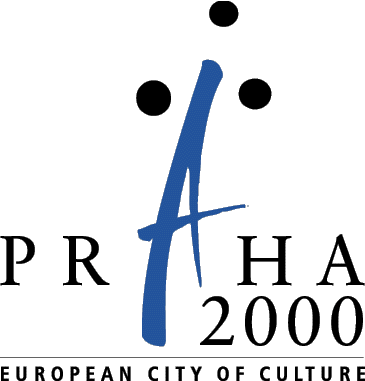 |
|
Prague, the capital of the Czech Republic, is a town with a rich history extending over eleven centuries. It has been praised since ancient times not only because of its apparent beauty, but also because of its “genius-loci”. Its unique atmosphere stems not only from its location on the hilly banks of the Vltava river but also from numerous architectural styles rising throughout the millenium, and of course from its spry present life. Prague hosts a variety of cultural events and activities, amongst them the Prague Spring music festival, held each year in May. In 2000 the cultural life of the city will receive a new dimension hosting the pan-European project awarding Prague the title European City of Culture of the Year. The ECLIM conference may offer a unique opportunity for all participants to reveal the real beauty of the town and to experience its life. Prague is inseparably connected with many well-known names of famous thinkers, writers, composers and poets who spent in its walls their lives or at least some parts of them. In late 16th century Yehuda ben Bezalel (better known as Rabbi Löw) created in Prague his Golem; Prague was a home-town of such giants of literature as Jaroslav Seifert who won the Nobel Prize in literature in 1984, or Karel Capek who has brought the word “robot” into everyday speech; it saw Franz Kafka and Rainer Maria Rilke walking on its streets; it gave inspiration to composers like Antonin Dvorak and Wolfgang Amadeus Mozart. Prague has always been a fruitful place for science too. It stood at the birth of modern astronomy when Tycho de Brahe joined Prague’s Imperial court in 1599 and his precise astronomical tables made it possible for Johannes Kepler, during his stay in Prague from 1600 to 1612, to discover the laws of planetary motion. Two centuries later Christian Doppler, professor of mathematics at the Prague Technical University (1835—1847), formulated here his famous principle. Ernst Mach, professor of experimental physics at the Prague University from 1867, spent in Prague nearly thirty years and contributed to the development of several physical disciplines. Albert Einstein was without doubt the most famous physicist who worked and lectured in Prague, from 1911 to 1912. In his own words he found here “the necessary concentration for giving a more precise form to the basic idea of the general theory of relativity”. Amongst inventions made in Prague in the twentieth century are polarography from 1920s, for which Jaroslav Heyrovsky received the Nobel Prize in 1957, and soft contact lenses from transparent hydrogels, first synthesized in the early 1960s by Otto Wichterle.
CzechSite —
A travel guide for your trip to Prague, including virtual
reality tour around the city center.
|
